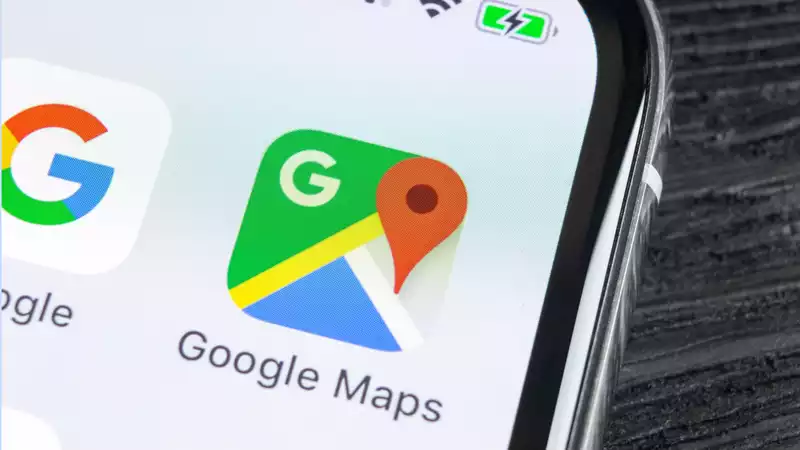Some of these new features will actually be introduced to Google Maps this week. The most exciting of these is Immersive View for Routes, which was announced in May. The idea is to integrate navigation with Immersive View mode, allowing users to preview entire routes on a more personal level.
Viewing a route from above is not a good way to examine that route when you are stuck at street level, because it is not a good way to see what you are doing. Street views can be helpful, but without turn-by-turn navigation, you are more likely to get lost somewhere on the virtual street. Immersive View brings it all together with an AI-generated image that fuses aerial and street view photos into a 3D rendering. This will be much closer to what you will experience from the ground.
These visualizations will also be able to integrate traffic data, weather forecasts, and air quality. That way, you will have a rough idea of what conditions will be like and can modify your travel plans accordingly.
Immersive View for Routes will be released this week for Android and iOS, initially limited to a handful of major cities: Amsterdam, Barcelona, Dublin, Florence, Las Vegas, London, LA, Miami, New York, Paris, San Francisco, San Jose, Seattle, Tokyo, and Venice.
Search on Google Maps will be enhanced by AI, which will analyze user-submitted photos to better understand what a particular business actually offers. Google's example is "animal latte art"; previously, a search for this would only find businesses with similar names; AI and image recognition means that you can find relevant spots even if what you are looking for is not detailed in the typical business information.
Maps also organize local attractions in a more convenient way. When you search for "things to do," a collection of similar places will appear. This way, the search results are cleaner and you don't have to scroll endlessly through locations to find the type of thing you are interested in. The same goes for restaurants and other eateries, helping to filter out the food you want to go to and the places you don't want to go.
AI image recognition will be introduced to maps in France, Germany, Japan, the UK, and the US later this week, and the improved search collection will be rolled out globally "in the coming weeks."
Traditional navigation will also receive a welcome boost, including a much needed upgrade to lane detail. This should allow people to know ahead of time where their car should be and eliminate the need to cross multiple lanes in order not to miss a turn or exit. More realistic buildings will also be added to improve your sense of direction in an urban environment.
The feature will be available in the U.S., Canada, France, Germany, and eight other unnamed countries, as even Google Maps is not good at seeing which lane your car needs to be in to exit a highway.
Drivers in the U.S. will also be able to see HOV lanes on their routes in the near future, and AI-powered speed limit information will be available in 20 European countries. All of these features will be rolled out "in the coming months."
Google is also renaming its "Search in Live View" feature "Lens in Maps." Like Live View itself, this is an augmented reality feature that will help users familiarize themselves with unfamiliar areas, showing nearby ATMs, transit stations, restaurants, coffee shops, and stores. Ai is involved, but Google has not stated what role Ai plays in this feature.
The rebrand also coincides with an expansion to more than 50 cities this weekend, including Austin, Las Vegas, Rome, Sao Paulo, and Taipei.
Finally, EV drivers who do not have Google built into their cars will be able to see more useful charging information in the Google Maps app for Android and iOS. This information will include whether the charger is compatible with their vehicle, what speed they can expect, and when it was last used.
This will be rolled out this week and data on EV charging stations will be available in areas where it is available.
.









Comments